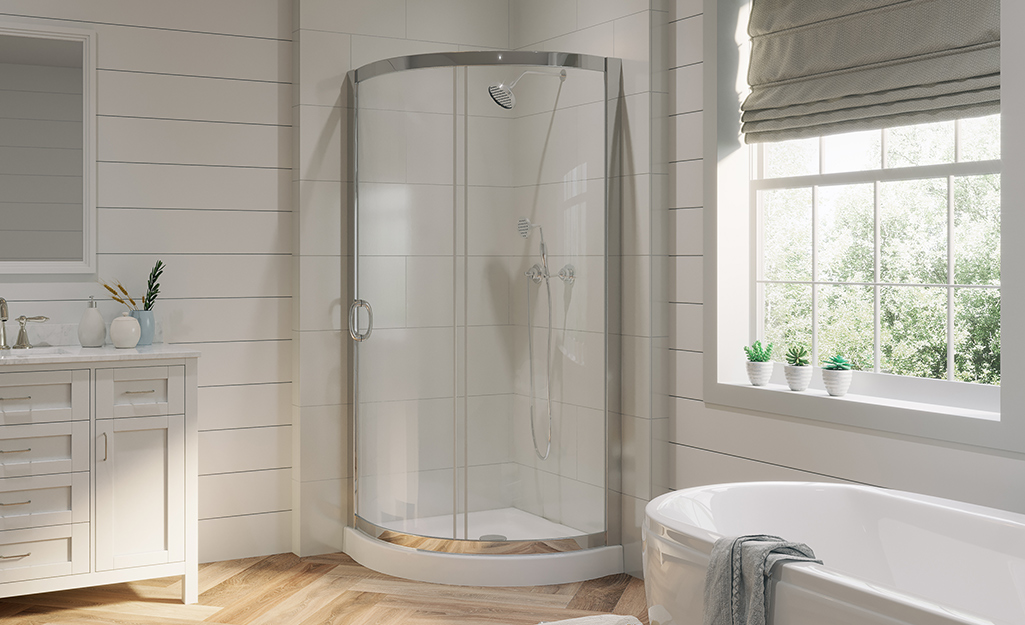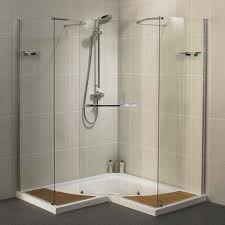Comprehensive Installation Guide for a New Shower Unit
Comprehensive Installation Guide for a New Shower Unit
Blog Article
What are your beliefs on How to Install a Direct-to-Stud Shower Enclosure?

A successful shower installment needs careful preparation as well as a lot of work. Most of the times, you will require to do three types of tasks: mounting wall surfaces, mounting the plumbing, as well as finishing wall surfaces.
Preparation
Firstly, you have to pick the sort of shower that you desire to set up. It is very important to establish whether the selected shower can managing specific systems as well as can manage a risk-free degree of water via the central heating boiler. Most shower units nowadays are developed to be adaptable to different water pressures (such as saved warm water and cold mains).
It is additionally crucial to think about the water pressure and also the planning of the piping and drain for the shower
Different Types of Shower Units
Technique
Depending upon the sort of shower you want to set up, the shower head must either be suited order to avoid its contact with the water in the bath listed below or the base tray, or it should have a check valve.
Prior to beginning, it is recommended to note the settings of the shower head and control, as well as to plan the pipe-work entailed. Additionally, the water drainage system to remove the waste water will need to be intended. Both positions of the wire route and also the shower switch will certainly also need to be considered if a rapid or electric shower system is being mounted.
Use the direction overview given with the shower device to fit the shower control.Before fitting the pipes that will supply the water to the shower system, it is necessary to cut off the water system. In order to protect the pipelines, they must be offered a water resistant covering and likewise fitted with separating valves. The pipelines can then be buried right into the wall and plastered over to neaten the general look.
Fit the base tray, shower head, as well as installations.
Connect the primary shower control to the pipes that will be providing the water (This may need a women screw thread adapter).
Reconnect the water system and also test the pipelines for any kind of leaks, as some may require tightening.
If you are mounting an electric shower, bear in mind to turn off the electricity supply prior to making any kind of electrical links. When these links have been made (there must be advice within the instruction manual), the power supply can be switched back on.
Changing Water Pressure to Suit Your Shower
The cold water tank can be raised to a higher elevation (sometimes as little as 150mm (6inches)) by fitting a solid wood assistance beneath it - perhaps made up of struts and blockboards. If you choose this alternative, the major and distribution pipes will certainly additionally have to be raised to satisfy the new elevation of the reservoir.
Alternatively, a booster pump (a single pump or a dual/twin pump) can be fitted. Whichever kind is selected, it must be linked into the power supply in order to run.
Piping and Water drainage
It is best to make use of 15mm size supply pipes, as well as make the go to the shower as short as well as straight as feasible so regarding keep optimal stress and also minimise warm loss. In addition, by reducing using elbows for pipeline corners, you can decrease the resistance in the circulation of the water system. You can accomplish this by flexing the pipelines instead.
The Majority Of Typical Errors
Types Of Shower Enclosure: Which One Is Good For You?
Showers were god made. Common waterfall was the first ever natural shower mankind used. It rinses the bathers clean from head to toe and provide an efficient way of bathing.
Taking inspiration from nature, man designed the indoor shower. A dedicated room was built for the purpose of having a shower and was called the wet room. On the go, this became an essential space in a house.
We have seen people equipping their bathrooms with premium showerhead, soap and toothbrush holders, elegant faucets which give a contemporary look to bathrooms. However, most people do not understand the importance of keeping the bathroom dry and do not concentrate much on shower enclosures.
What are the advantage of using a shower enclosure?
To provide privacy To prevent water from flooding outside the bath area It makes the space more organized Types of shower enclosure doors – Sliding vs Hinged; Framed vs Frameless
Sliding shower doors are ideal as a space saving measure for smaller sized bathrooms. They could consist of 2 or 3 panels. However, it could be more difficult to maintain and clean the sliding tracks. The sliding door could also get stuck or the tracks could get bent. Hinged shower doors provide a larger opening into the wet area and ideal for large sized bathrooms. The hinges, though, could rust and the water may escape the shower door. Shower enclosure doors may also be framed or frameless. Frameless shower doors appear more elegant and have a clean, premium look. Most modern homes opt for the frameless option. They are also easier to maintain. However, they are costlier compared to the framed options. Framed shower doors are cheaper and have an easier installation. The frames may corrode over a period of time. https://buildpro.store/blogs/ideas/4-types-of-shower-enclosure

I came across that page on How to Build a Shower Enclosure for Your DIY Bathroom while doing a lookup on the internet. For those who liked our blog entry kindly make sure you remember to pass it around. I value reading our article about Simple ways to Install a Shower Cubicle on Your Own.
Get Started Report this page